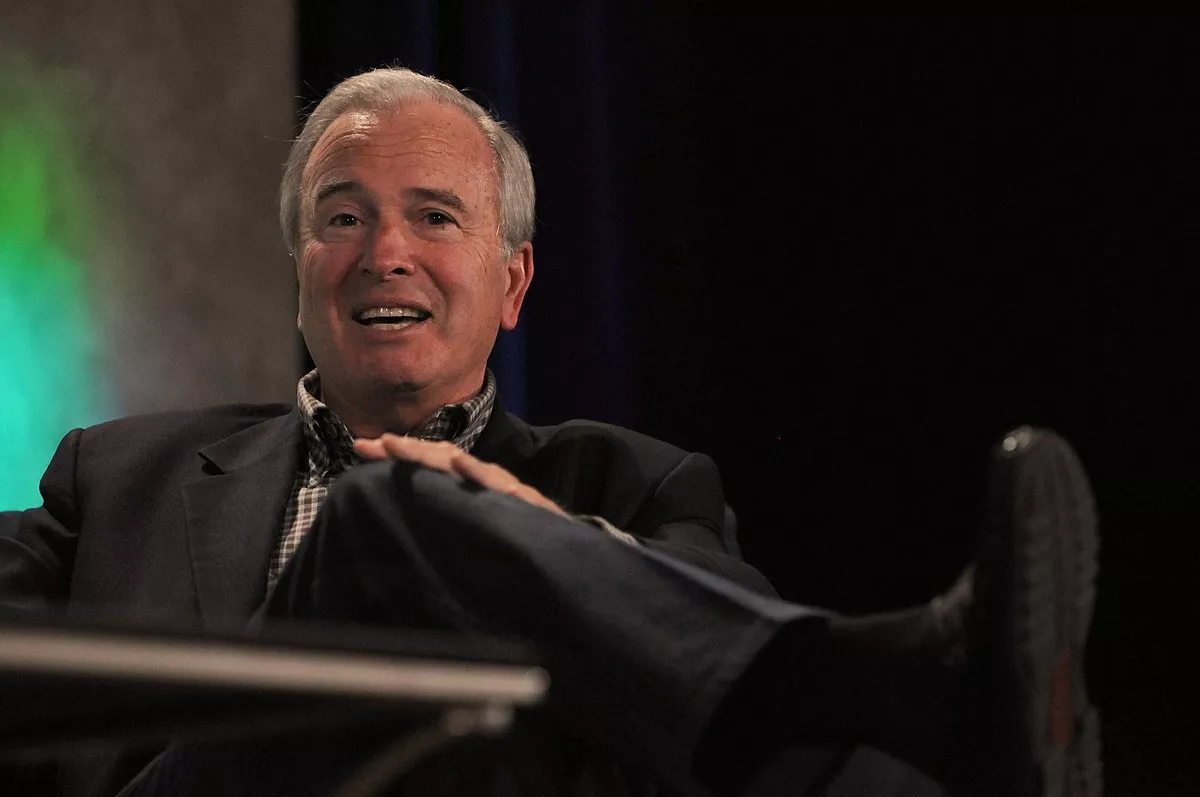 1.
1. Kenneth B Auletta was born on April 23,1942 and is an American author, a political columnist for the New York Daily News, and media critic for The New Yorker.

 1.
1. Kenneth B Auletta was born on April 23,1942 and is an American author, a political columnist for the New York Daily News, and media critic for The New Yorker.
The son of an Italian American father and a Jewish American mother, Auletta grew up in the Coney Island section of Brooklyn, New York.
Ken Auletta began contributing to The New Yorker in 1977, writing a two-part article on New York City Mayor Ed Koch in 1978.
Ken Auletta wrote a weekly political column for the New York Daily News and was a political commentator on WCBS-TV.
Ken Auletta was the guest editor of the 2002 edition of The Best Business Stories of the Year.
Ken Auletta started writing the "Annals of Communications" profiles for The New Yorker in 1992.
Ken Auletta is the author of twelve books, his first being The Streets Were Paved With Gold.
Ken Auletta's book Backstory: Inside the Business of News is a collection of his columns from The New Yorker.
Ken Auletta popularized the idea of the so-called "information superhighway" with his February 22,1993, New Yorker profile of Barry Diller, in which he described how Diller used his Apple PowerBook to anticipate the advent of the Internet and our digital future.
Ken Auletta has profiled the leading figures and companies of the Information Age, including Bill Gates, Reed Hastings, Sheryl Sandberg, Rupert Murdoch, John Malone, and the New York Times.
Ken Auletta has been named a Library Lion Honoree by the New York Public Library.
Ken Auletta has won numerous journalism awards, and was selected as one of the twentieth century's top one hundred business journalists.
Ken Auletta has served as a Pulitzer Prize juror, and for four decades has been a judge of the annual national Livingston Award for young journalists.
Ken Auletta is a member of the Council on Foreign Relations.
On 11 September 1995, Auletta was satirized as "Ken Fellata" in The New Republic by Jacob Weisberg and later New Yorker colleague Malcolm Gladwell.